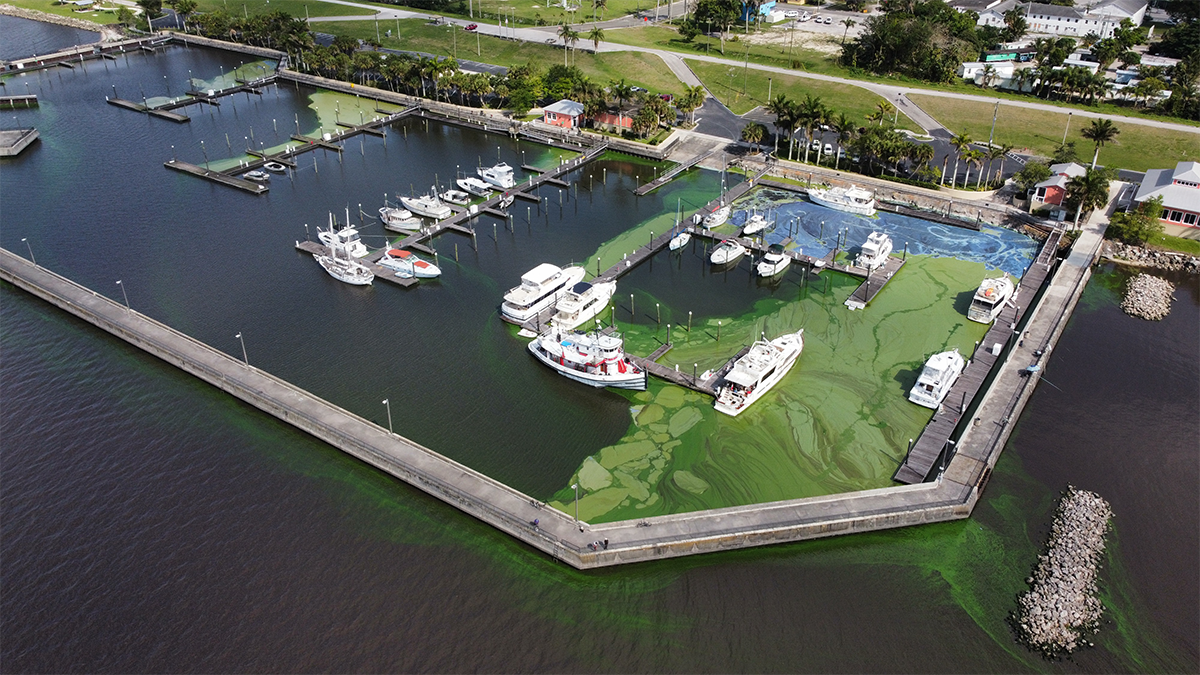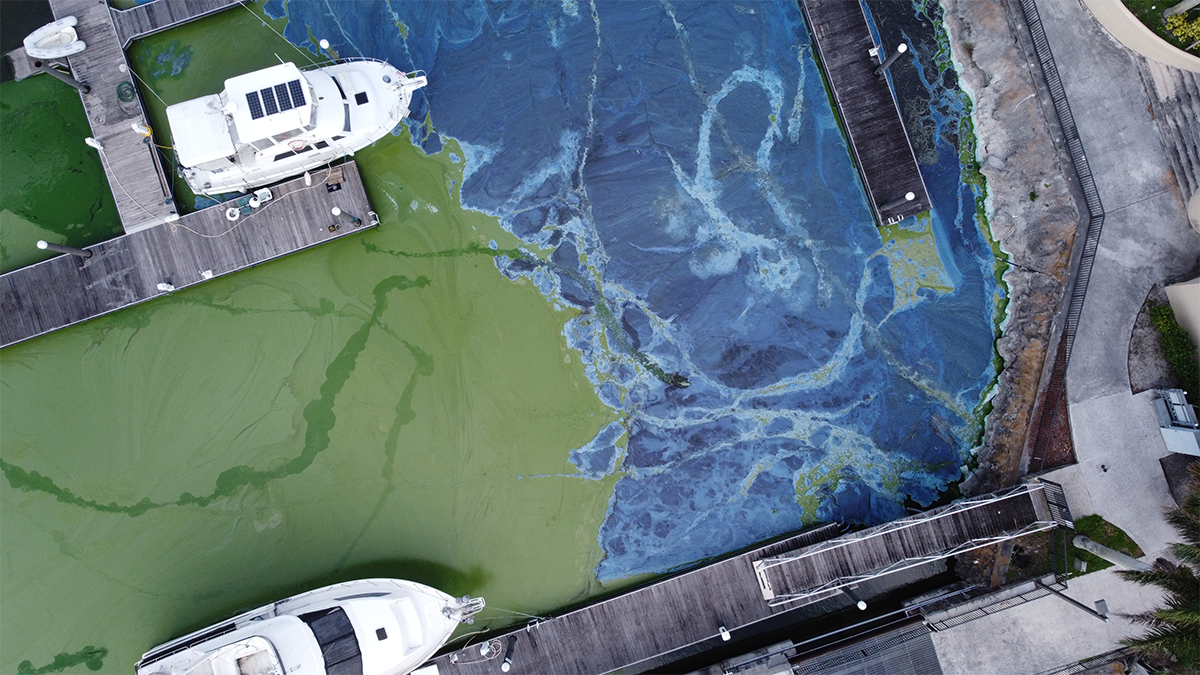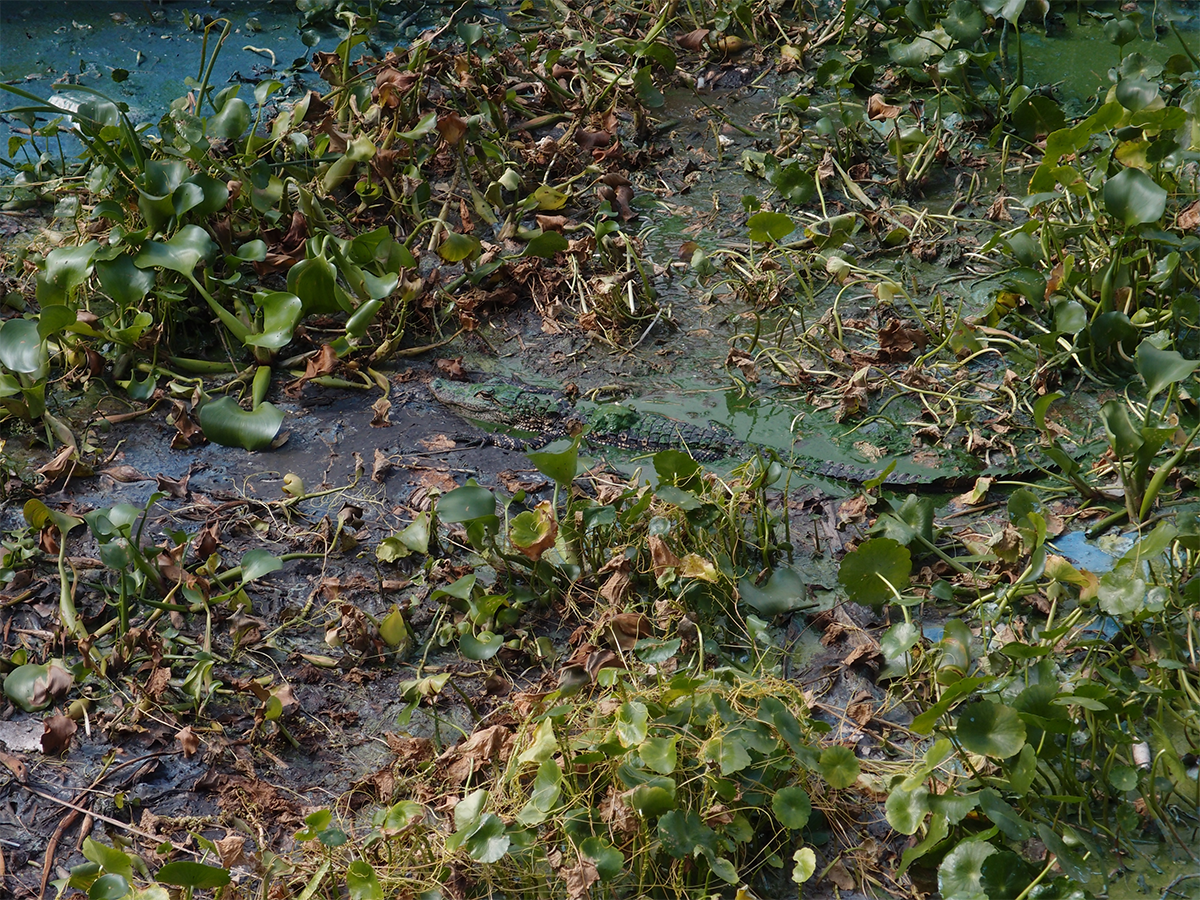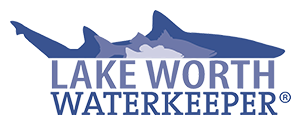There was a notable inspiration behind the forming of Lake Worth Waterkeeper: the lost summer of 2016.
That summer the Lake Okeechobee cyanobacteria bloom made it all the way to the Lake Worth Lagoon, the bloom stopped right at the S-155 Spillway one of my favorite fishing spots.
Three years ago during the summer/cyanobacteria season after Lake Worth Waterkeeper’s formation I did this news piece where I pointed out the Lake Okeechobee bloom was blooming again, and that the water was destined to be sent our way soon
We’re at a pivotal moment with that process right now. The Lake Okeechobee System Operating Manual (LOSOM) is being updated. This policy determines Lake Okeechobee’s management, specifically how its water is moved throughout the Greater Everglades ecosystem. Right now the changes being made are suggesting a move toward more Lake O discharges into the Lake Worth Lagoon.
Since my start as your Lake Worth Waterkeeper I have spent much of my effort in calling attention to the environmental plight of the western half of the lagoon’s watershed, the Glades. The communities here are hurt the most by environmental and public health problems in the state. Yet, little attention was given to this plight. Tragic for the communities affected and detrimental to the Everglades movement as a whole, because solving the environmental problems in the Glades would have very real and long standing effects throughout all of the Greater Everglades. Largely because environmental work here calls attention to the true culprit of most of our environmental problems – Big Sugar.
Recently our work has been gaining so much momentum. Unfortunately this summer is looking like it’ll be a bad one for Lake O. But we certainly appreciate the sudden increase in attention being given to the Glades community and our watershed on this issue. Pahokee Marina is being hit hard right now with the worst part of Lake O’s cyanobacteria bloom so far.

Cyanobacteria bloom overtaking Pahokee Marina (taken 4/23/2021).
With all eyes on our area – from the media, other environmental groups, and especially other communities in our neighboring northern estuaries – we are looking forward to carrying this momentum forward, because if we work together to help the Glades we certainly will be working for a better Greater Everglades.


